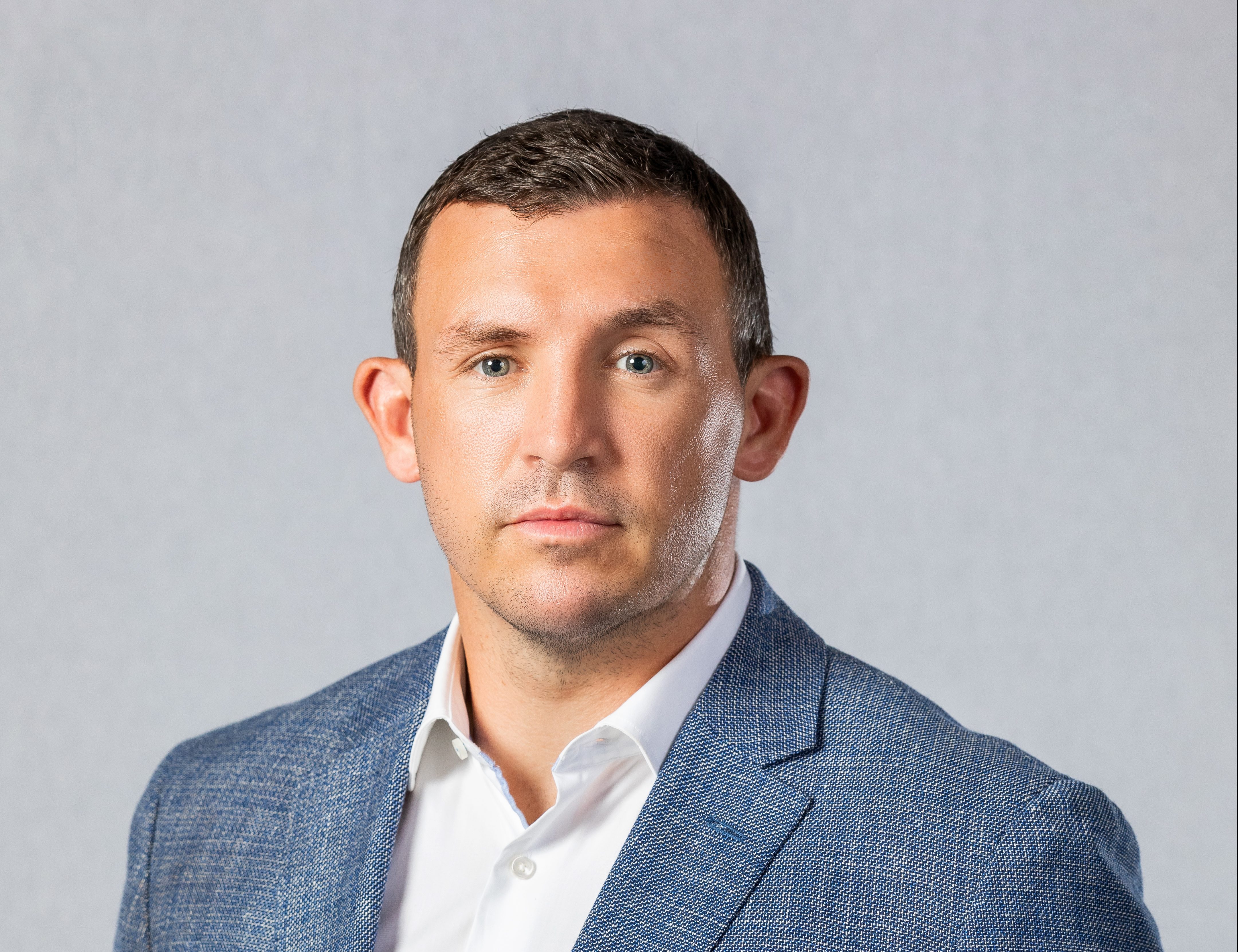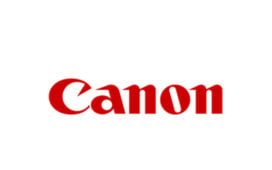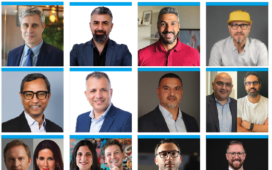How did the digital ecosystem change last year?
2022 saw a willingness from clients to want to understand customer behaviour in more detail either through their own data or through measurement and analytics tools such as Google Analytics (GA4), Adjust, Glassbox and Quantum Metric. This bodes well for consumers as brands now take this critical insight and make adjustments to campaigns and the customer journey and experience. Having this level of insight allows brands to understand the ROI of their marketing campaigns in order to optimise them in the future. Optimizely, Sitecore, Tealium, mParticle and Segment all continue to make traction in the personalization arena as brands strive to be able to communicate at a more personal level with their consumers.
Which of these trends will spill into 2023 and what changes do you expect?
All of these trends will continue to spill into 2023 with brands fighting to secure enough budget to either introduce these technologies into their ecosystems or optimise the existing assets that have already been procured. Education, knowledge and training still play a fundamental role in a brand’s ability to be able to introduce and unlock the value that these technologies and data sets will bring to an organisation. Buying a technology like a customer data platform is one thing; setting it up and optimising it in a way that drives business value is another.
What are some of the biggest challenges you foresee?
Consumer expectations continue to increase, with them valuing personalised treatment over everything else. Our own personal experiences as well as market research shows that users are tired of generalised treatment. This means that technologies that help brands leverage their first-party date to provide these personal experiences absolutely need to be on brands’ agendas in 2023. The challenges I foresee this year are with regards to brands’ own ability to deliver and execute a first-party data strategy. We continue to be hindered by a regional talent shortage ,which in turn is slowing down the adoption and implementation of such strategies, particularly for brands that have legacy technologies.
What can brands do differently to accelerate their digital strategy?
Deploying cloud technology to harness the value of real-time data allows brands to quickly adapt to evolving customer needs and behaviours. This allows brands to gather and analyse various data sources via a single platform in order to continually improve the customer experience. The type of agility these platforms offer can
enable business to move at the required speed for customers.
What are the biggest opportunities brands can gear up for this year?
AI will continue to make marketing in the region smarter, with platforms and brands working hard to connect consumers to personalised messages and products. We can’t solely rely on AI and its algorithms, so brands need to focus as well on the end-to-end consumer experience. Getting both of these right could yield some fantastic results for brands across the region.










